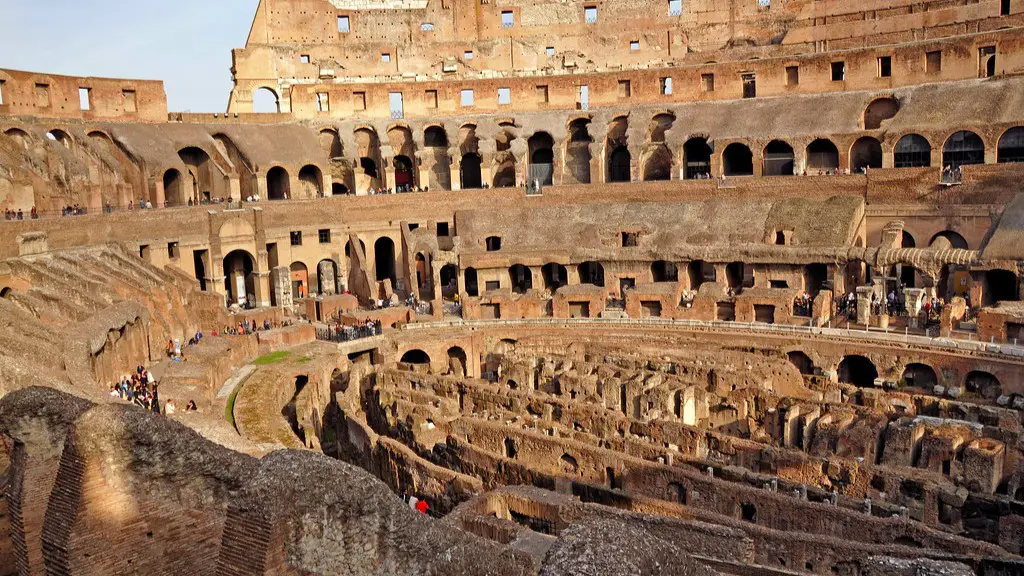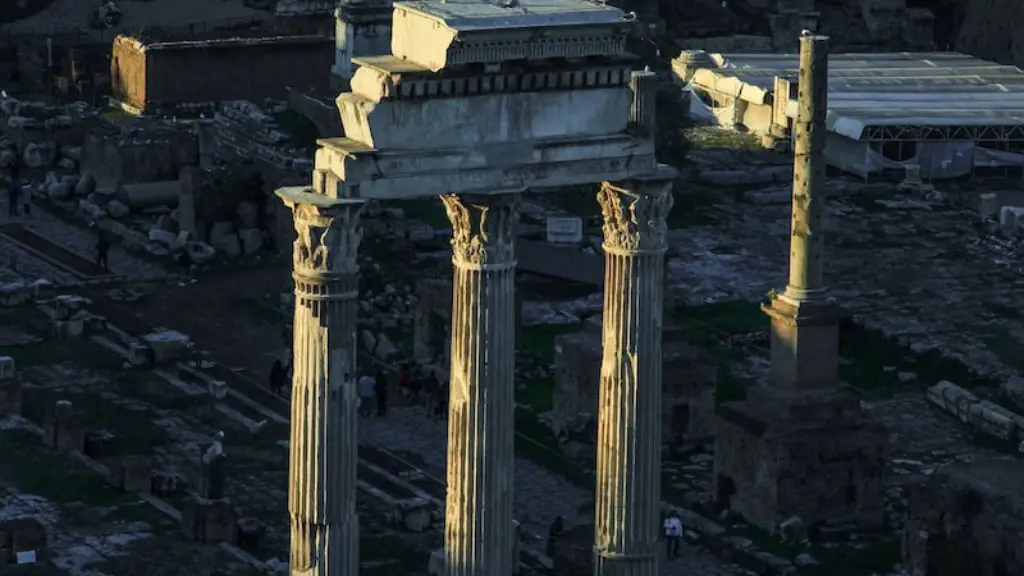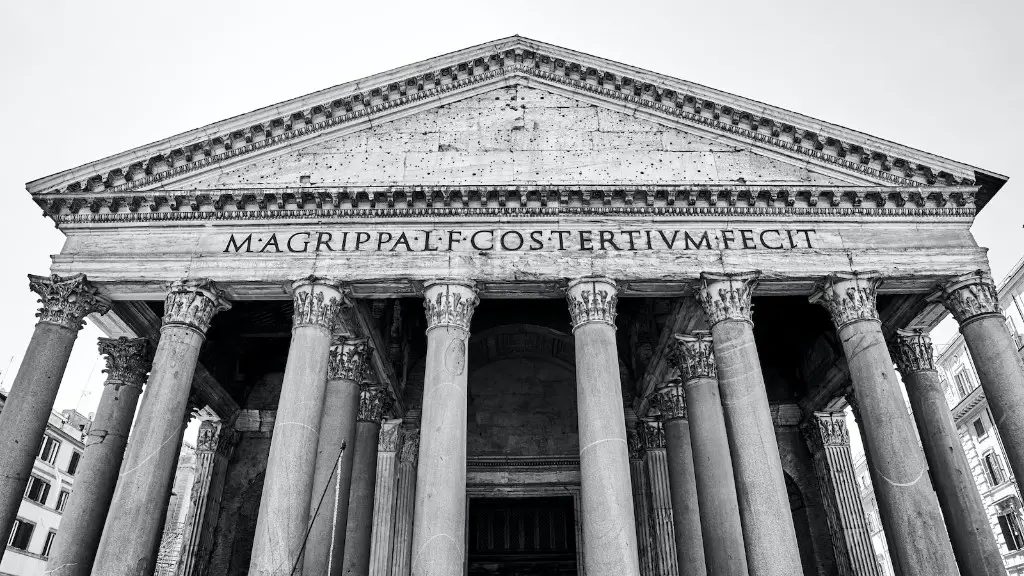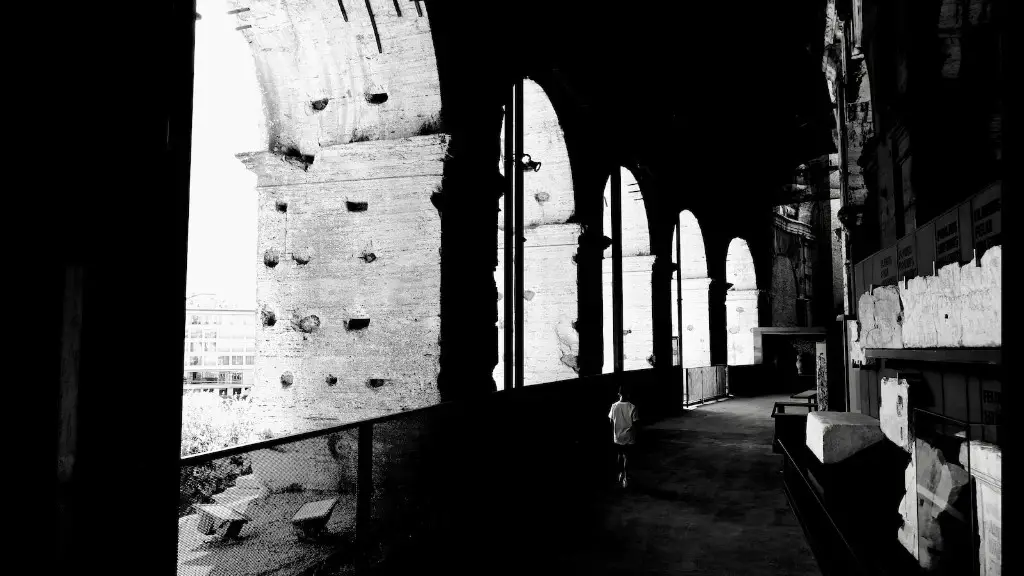Introduction to Carthage
Carthage was a major city-state in North Africa, located on the eastern coast of Tunisia. It was one of the most powerful cities of the ancient world, and its influence extended to modern times. Founded in 814 BC by Phoenicians from Tyre, it soon grew to become an important trading hub throughout the Mediterranean, battling fiercely with its rival, Rome. Carthage was a great center of wealth and power, dominating much of the Mediterranean for centuries.
Carthage Wealth and Power
Carthage was famous for its wealth and power, due to its strategic position in the Mediterranean’s trading routes. It was an economic superpower, with its own currency and unique language, Punic. It was also a major supplier of goods, including timber, weapons, gold, silver, and luxury goods. Carthage sold and exported these goods, often in great quantities, to many other cities in the Mediterranean region and beyond.
The seafaring nature of Carthage, as well as its involvement in trade, made it one of the wealthiest cities in the ancient world. Carthage was known to be the center of a powerful naval empire. Its navy was a formidable force, and its fleets were feared throughout much of the Mediterranean.
Carthage and Rome
Rome and Carthage were bitter rivals for hundreds of years, with both cities vying for control of the Mediterranean. The rivalry between the two cities went back to the third century BC, when the Roman Republic warred with the Carthaginian Empire. The famous Punic Wars, fought between the two cities, lasted for over a century, and in the end, Rome emerged victorious.
The defeat of Carthage marked the end of the city as an independent power. After the third war, Rome destroyed much of the city and incorporated it as a province. Its culture, however, was never fully erased, and its legacy still lives on today in the form of the modern city of Tunis.
Fall of Carthage
The fall of the city of Carthage came slowly and eventually through a series of defeats. In 146 BC, the Roman general Scipio Aemilianus, destroyed the city and its surroundings, leaving nothing behind but a ruined landscape. With its wealth, power, and strategic position waning, the city was no longer able to withstand the Roman Empire and its legions, and it eventually fell.
The impact of the fall of Carthage was felt in the Mediterranean for centuries afterward. The city was a major player in the region, and its fall brought a great deal of upheaval and disruption to the area. It also provided Rome with a great deal of power and wealth, as the city’s resources and craftsmen were absorbed into the Roman Empire.
Legacy of Carthage
Even though the city of Carthage is no longer in existence, its legacy still lives on. Many of the commerce and trading practices developed by its citizens are still used today, and the ruins of the city can still be seen in modern Tunisia. The city was an important cultural and economic center, and its influence has continued to be felt in the Mediterranean region for centuries.
The story of Carthage is an important one, as it tells us a great deal about the power and influence of the ancient world. The city is a reminder of the importance of trade and commerce, about the influence of power and wealth, and about resilience in the face of adversity.
Carthage and Its Landmarks
The city of Carthage was home to many architectural monuments and landmarks. Its most famous landmark was the Temple of Baalhamon, a Phoenician god. Other monuments included the citadel, the slave market, the tophet, and the city walls.
The ruins of these monuments, along with the city walls, still stand today and offer a glimpse into a long-gone world. They are reminders of the lost city of Carthage, and of the people and cultures that once lived there.
Carthage in Popular Culture
The city of Carthage has been a source of fascination for many centuries, inspiring literature, art, and popular culture. Homer’s epic poem, The Iliad, referenced the city in a number of scenes. In modern times, Carthage has been depicted in a variety of films and television series, such as HBO’s Rome, and in video games such as Assassin’s Creed. The city also serves as a popular tourist destination, with many people traveling to Tunisia to visit its ruins and explore its ancient sites.
The Impact of Carthage
Carthage was an important and influential city in the ancient world and had a great deal of influence in the Mediterranean region. Its legacy lives on today in the form of literature, art, culture, and popular culture. Its destruction by Rome was significant, as it brought about a great deal of upheaval and disruption to the area. Carthage was truly a powerful and influential city, and its legacy is still seen today.
Carthage Today
Today, the ancient city of Carthage is a UNESCO World Heritage Site, and its ruins attract thousands of visitors each year. The remains of the city offer a glimpse into its past and a reminder of its former greatness. The city is also home to the Carthage National Museum and other important historical sites, which are dedicated to preserving and displaying its rich history.
Conclusion
Carthage was a powerful and influential city in the ancient world, and its legacy still lives on today. Its destruction marked the end of an era and the beginning of a new one, with the rise of the Roman Empire. Its ruins and monuments still stand today and offer a reminder of its greatness and importance. The story of the city is a fascinating one, and it serves as an important lesson about the power of wealth and influence in the ancient world.



